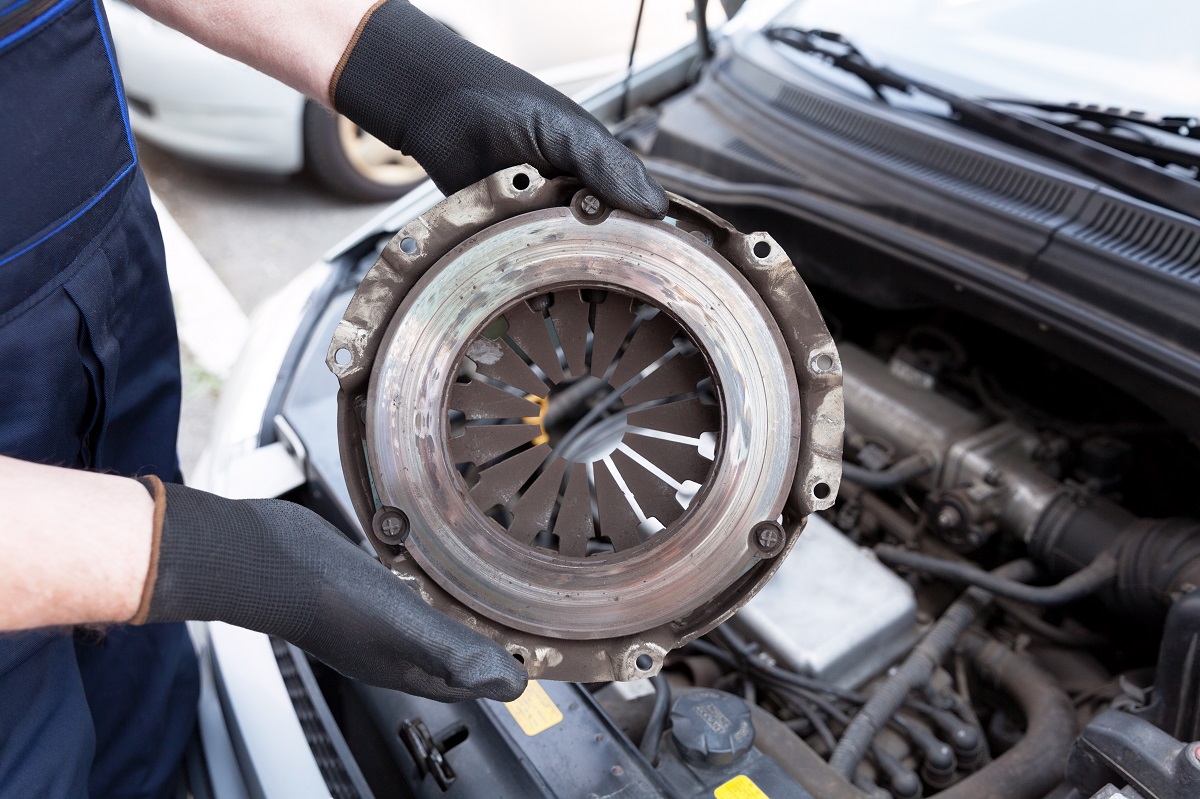Jul 18, 2019

Were you aware that some of your driving habits can accelerate the wear and tear of certain parts of your car? It’s natural overtime that certain elements of your car will suffer from wear and tear, but changing some of those driving habits you have will increase their life.
This blog is going to focus on your clutch because it is affected by constant friction- so it’s no surprise that your clutch will eventually break down.
Your clutch could last 10,000 miles before you would need to get a new one, or you even 150,000 before it wears out. There isn’t an exact distance in which your clutch will give up as it entirely depends on the way you drive.
Clutch replacement isn’t cheap so you need to think carefully about how you are treating it while you’re driving and use that money for something nice instead. To help you save on a hefty bill, below are our top three tips on how you can improve your driving so that clutch can last a bit longer.
When you’re at junctions or traffic lights patiently waiting, with the clutch down, your foot on the break and first gear in place, you are putting unnecessary strain on your clutch. It’s much better to sit in the car, in neutral and the handbrake on to keep the car stationary - saving your clutch and break from straining.
Riding the clutch is a well-known phrase by driving instructors, but it’s not always clear what exactly it means, or why it could be bad for your car. This phrase simply refers to when we only have the clutch pedal partially pressed down. By doing this you are pushing the pad against the clutch plate but not engaging in it fully- therefore creating more friction than there needs to be.
Don’t change gears excessively. If you can see the road ahead, try and be aware of your surroundings and plan for any obstacles you could encounter and maintain a constant speed. Keep in mind that trying to reduce your clutch wear can put more strain on your brakes. Our advice is to not use your brakes to slow down; instead, change down through the gears. Even though this means you are using your clutch more, it evens out because you aren’t putting more pressure on your brakes.
When you are changing gears it’s important you don't linger. The longer you keep the clutch pedal pressed down for, the more you are straining it. This might only be a few seconds however if you factor in the number of times you would change your gears on your travels you can see how those few seconds will add up.
The price of a replacement clutch entirely depends on the type of car you have, because there will be a difference in labour time and parts needed in per car. On average, you can expect to pay anything between £400-£650.
MyCarNeedsA.com have carried out some research and found the average cost for a clutch repair throughout the UK on our site is £427.08. Why not get a quote with us today?